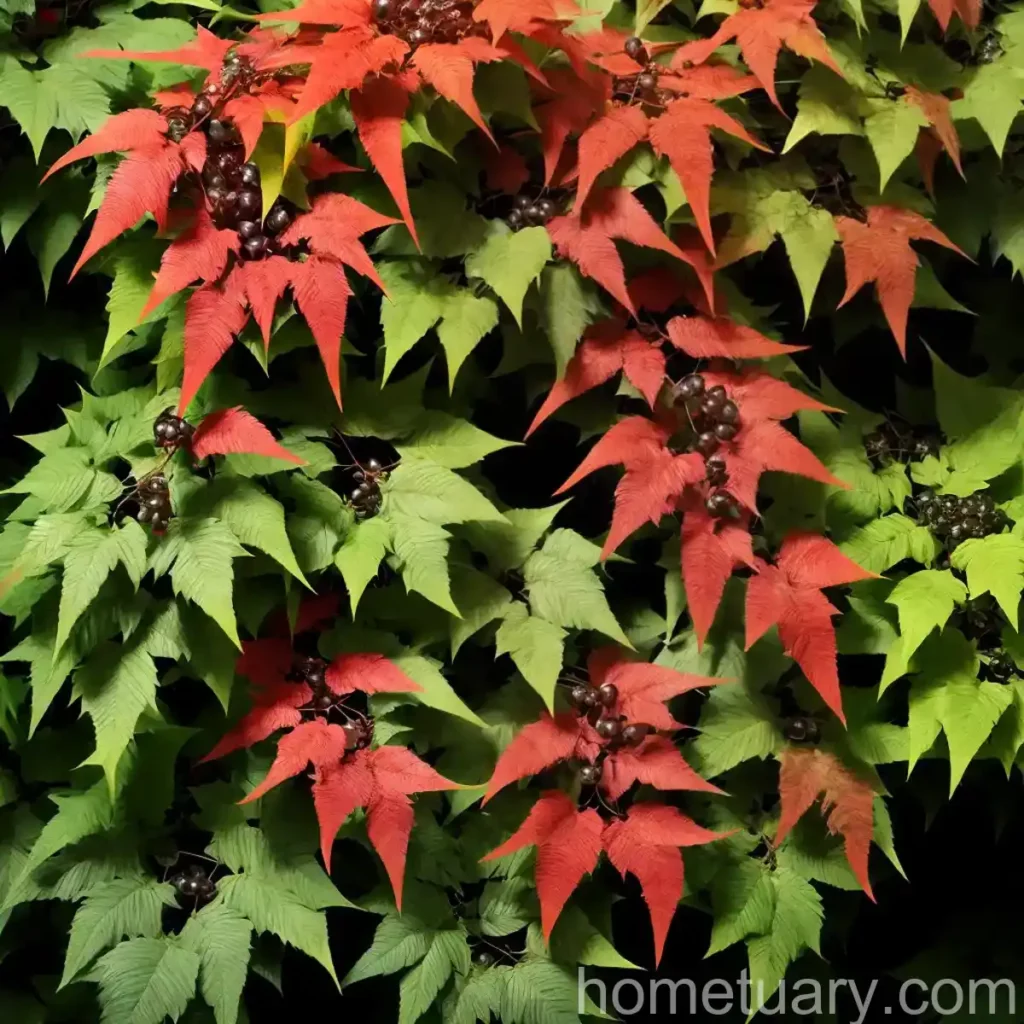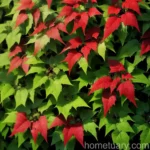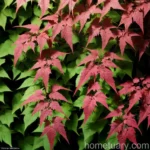Virginia Creeper (Parthenocissus quinquefolia var. engelmannii): A Comprehensive Guide
Introduction
In the world of plants, Virginia creeper (Parthenocissus quinquefolia var. engelmannii) stands out as an eye-catching climbing vine that is known for its striking beauty and various cultural and ecological uses. By understanding its growth habits, care tips, and uses, plant enthusiasts can harness its potential in landscaping, agriculture, and even medicinal applications. Recognizing the importance of this plant, this guide delves into the various facets of Virginia creeper, from its basic characteristics to its propagation methods and ecological significance.
What is Virginia Creeper?
Virginia creeper, scientifically known as Parthenocissus quinquefolia var. engelmannii, is a deciduous, self-supporting woody vine belonging to the Vitaceae family. This North American native plant is esteemed for its vigorous growth and its ability to cover large areas with attractive foliage and colorful display in the fall.
Key Takeaways
Before delving into the specifics of Virginia creeper, here are some key takeaways about this plant:
– Scientific Name: Parthenocissus quinquefolia var. engelmannii
– Common Names: Virginia creeper, Engelmann’s Virginia creeper
– Growth Habits: Deciduous climbing vine
– Native Range: North America
– Uses: Landscaping, erosion control, wildlife habitat, medicinal applications
– Characteristics: Ornamental foliage, colorful display in fall, rapid growth
Culture
Understanding the cultural requirements of Virginia creeper is essential for its successful cultivation and utilization in diverse settings. This includes factors such as water, sunlight, fertilizer, soil, and pruning.
Uses
The Virginia creeper has diverse uses, making it a versatile and valuable addition to landscapes and ecosystems.
Water
Virginia creeper has moderate water needs and thrives in well-drained soils. Adequate watering is crucial, especially during the establishment phase.
Sunlight
This climbing vine thrives in full sun to part shade. While it can tolerate various light conditions, it typically performs best with at least some direct sunlight.
Fertilizer
Fertilization needs for Virginia creeper can be minimal if the plant is growing in good quality soil. However, for poor soils, a balanced fertilizer application in spring can support healthy growth.
Soil
Virginia creeper prefers well-drained, slightly acidic to neutral soils. It can tolerate a range of soil types, from sandy to loamy, as long as it is not waterlogged.
Pruning
Pruning is essential to maintain the shape and vigor of Virginia creeper, especially when grown against structures or managed as a ground cover. Pruning can also help control its invasive tendencies and promote a more compact growth habit. Pruning is typically done in late winter or early spring before new growth emerges.
Propagation
Propagating Virginia creeper can be achieved through various methods, including seeds, softwood cuttings, and layering. Each method offers unique advantages and considerations for successful propagation.
Container Popularity
The adaptability and attractive foliage of Virginia creeper make it a popular choice for container gardening, where it can be grown as a standalone ornamental or as a trailing accent plant.
Container Common Diseases
While Virginia creeper is relatively disease-resistant, it can occasionally be affected by fungal diseases such as powdery mildew and leaf spots. Proper cultural practices and preventive measures can help minimize disease issues in container-grown plants.
Disease Diagnosis
Recognizing and diagnosing common diseases affecting Virginia creeper is essential for implementing targeted management strategies and maintaining plant health.
Common Pests
Virginia creeper can attract a few pests, including aphids and caterpillars, although serious pest problems are relatively rare. Vigilance and prompt intervention can help prevent significant pest damage.
Botanist’s Tips
For aspiring gardeners, landscape enthusiasts, and botany aficionados, here are some expert tips and insights for successfully nurturing and appreciating Virginia creeper in various settings.
Fun Facts
Uncover some intriguing and noteworthy facts about Virginia creeper that highlight its ecological significance and cultural value.
Links to External Resources
For further exploration and detailed information on Virginia creeper, the following external resources offer valuable insights and guidance:
- Virginia Creeper: An Attractive Native Plant for the Home Landscape
- Managing Virginia Creeper (Parthenocissus quinquefolia) in the Landscape
Conclusion
Virginia creeper, with its ornamental foliage, ecological benefits, and diverse uses, exemplifies the inherent beauty and resilience of native plant species. By embracing its growth habits, cultural requirements, and ecological contributions, individuals can harness the full potential of Virginia creeper in an array of practical and aesthetic applications.
By delving into the realm of Virginia creeper, we have unveiled the myriad aspects of this captivating vine, from its ecological significance to its horticultural applications. Understanding the growth habits, care tips, and attributes of Virginia creeper empowers plant enthusiasts, gardeners, and landscape professionals to appreciate and leverage the unique qualities of this indigenous plant species.















